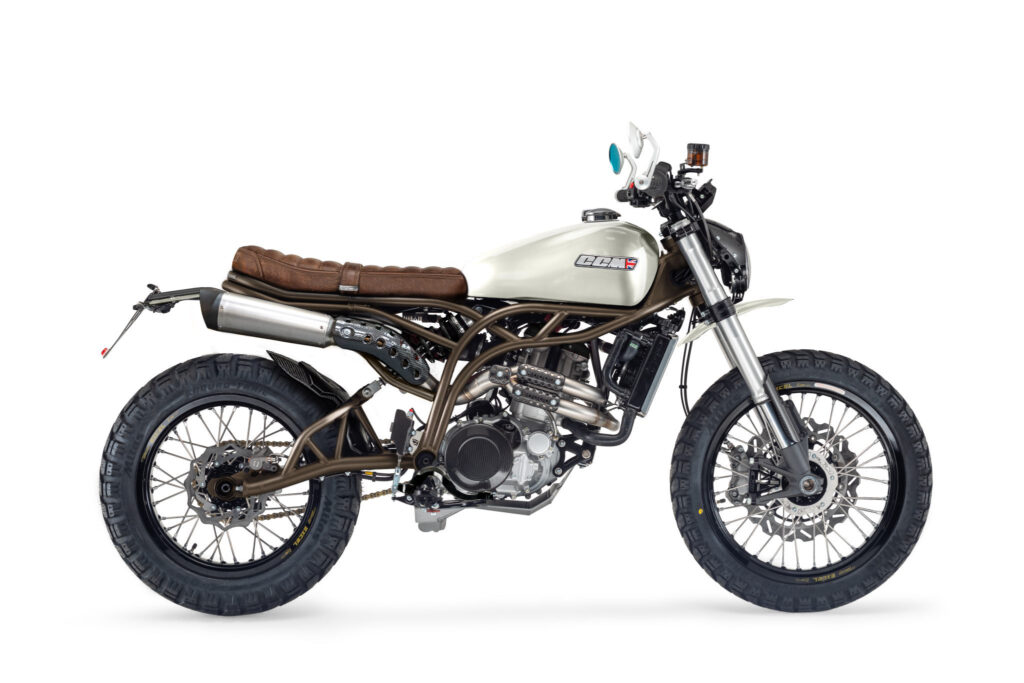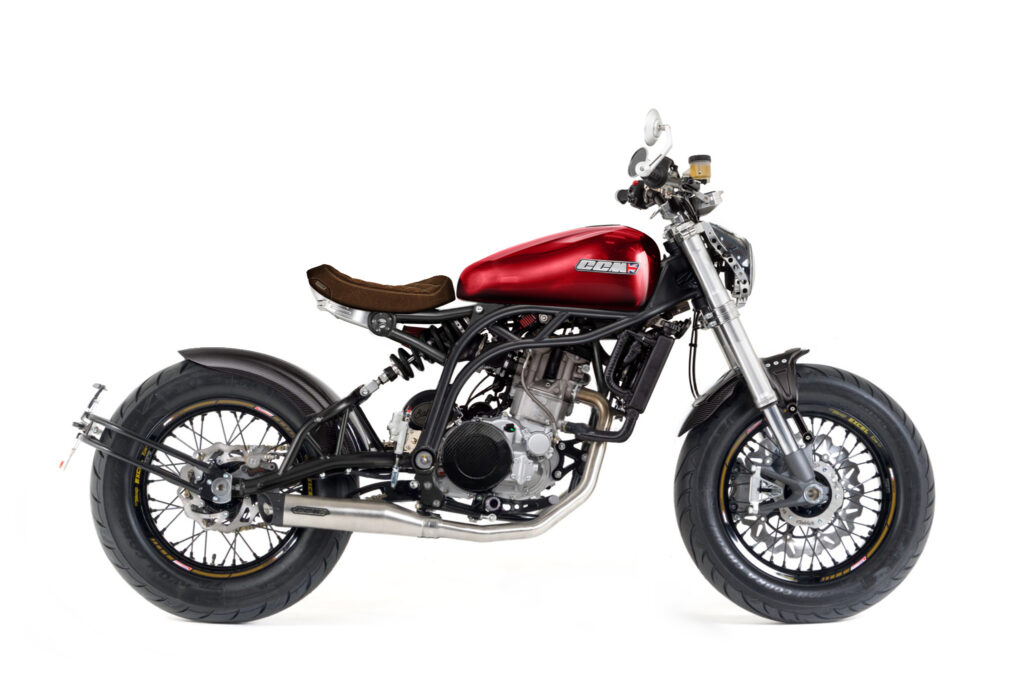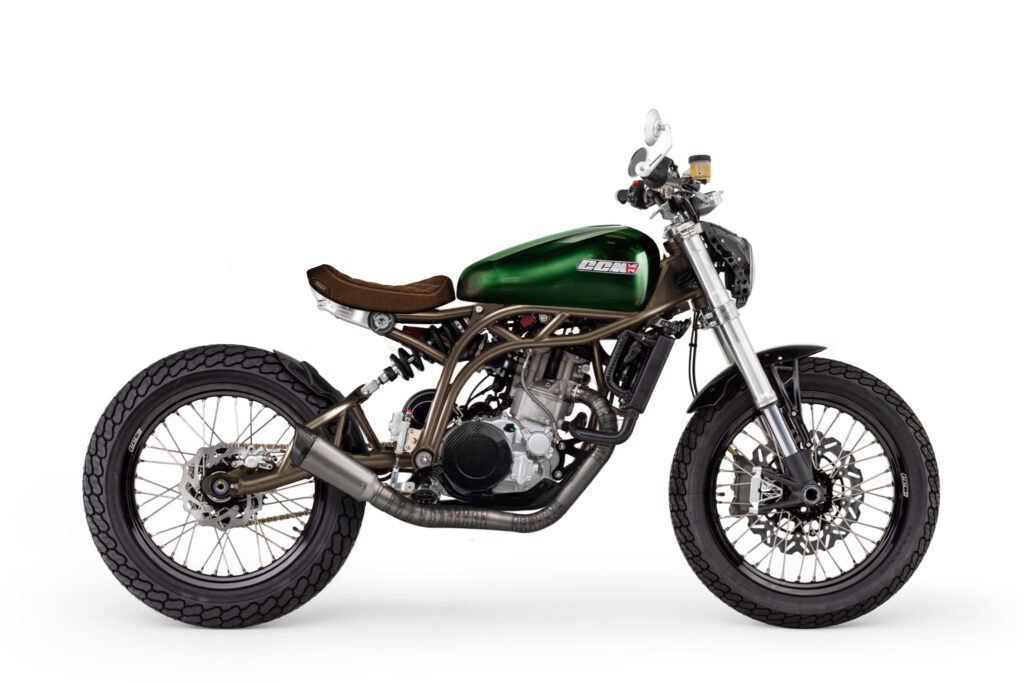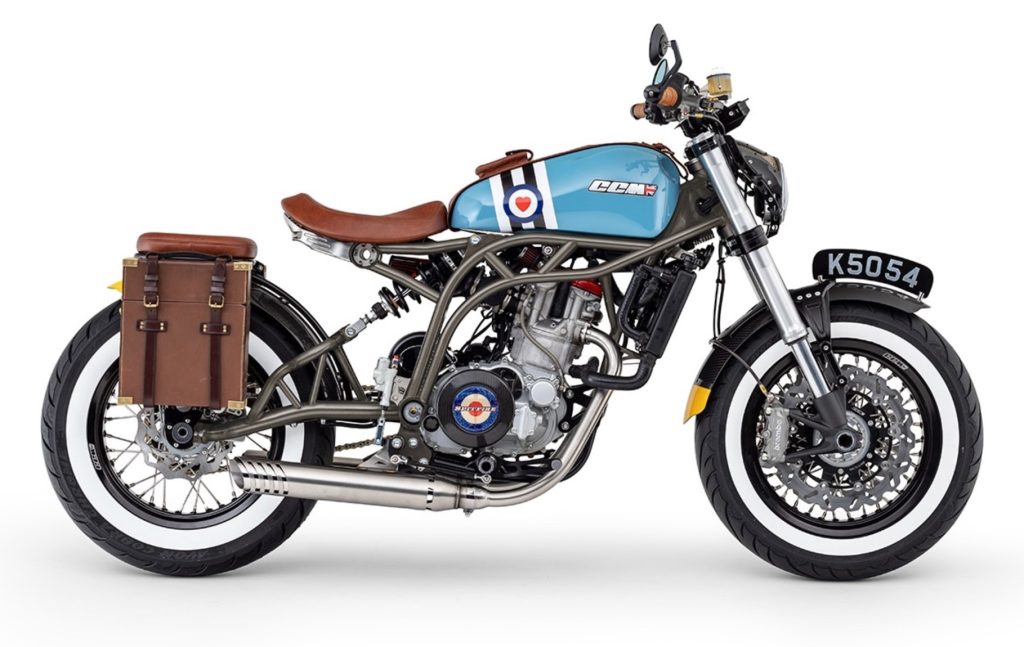Navarro
@elizabethnnavarro
Profile
Registered: 1 year, 3 months ago
Top Plants for Clay Soils by Region Clay soil is a major problem for gardeners. Following a rainstorm, the water isn't able to percolate properly as it remains wet and can cause the roots of plants to decay and the soil to shrink and turn hard and hard and. The density of clay makes it hard for plants that are new to get established, and new roots aren't able to grow through it. As time passes, this makes the https://apps.apple.com/us/app/lily-plant-identification/id1570145257 more susceptible to diseases and rot. Although all clay soils share the same fundamental properties, However, different clay types have distinct characteristics. In the Southeast For instance clays (like the red Georgia clay mentioned above) tend to be lower in nutrients, and they benefit more in regular fertilization in comparison to other regions. (A comprehensive analysis of your soil will help you determine the most effective fertilizer and the amount to apply to ensure that your clay gives your plants the nutrients they require to flourish.) The West and Southwest Clay can mix with calcium to create caliche, which is an emulsion-like layer. This can make it difficult for the roots of plants to develop and for water to flow through. It is a pH high which could result in plants suffering from micronutrient deficiency. (The best method of dealing with caliche is to get rid of it. If that's not possible then break it down with the aid of a pickaxe to ensure that water has the chance to reach the roots of the plant.) One of the most crucial steps to cultivating your garden in clay soil is amending it by adding organic matter such as manure or compost. The second is to select plants that are clay-compatible and can withstand the clay soil that is found in the region you live in. Clay that is heavy may not be the best choice for your garden However, with some organic matter and the proper plants, and a bit of patience, it's not going to have to destroy your garden. Learn more about the kinds of plants that thrive in clay soil! North Clay soils are slow to warm up in spring while shrinking already shorter seasons. False indigo (Baptisia australis) The Type of Perennial Flowers North American native has blue flowers in late spring. Part shade to full sun Size 3 to 4 feet. tall and wide cold-hardy in USDA zones 3 to 9. Lily of the Valley ( Convallaria majalis) Type Perennial Blooms White, fragrant flower flowers in early spring. Light Part shade to full shading Size 6 to 8 inches. tall and spreading Hardiness The plant is cold-hardy in USDA zones 2 to 7. Purple coneflower (Echinacea purpurea) Type Perennial Blooms butterflies and bees are awestruck by the white or pink summer blooms The size is 24-48 inches. tall, from 18 to 24 inches. large Tall, 18 to 24 in. wide full sun up to partial shade Hardiness Cold-hardy in USDA zones 3 to 9. South A lot of clay could create standing water for several days after summer storms. Canna ( Canna spp. and hybrids) Type Rhizome Blooms Large, striking leaves and striking red, pink, orange as well as white spring blooms The light full sun Size 18 to 96 inches. tall 12 to 48 inches. large, and 12 to 48 in. wide. Tall, 12 to 48 in. wide cold-hardy in USDA zones 7 to 11. Daylily (Hemerocallis spp. and hybrids) Type Perennial Blooms Flowers of virtually any hue bloom in summer and is able to thrive in virtually every soil Medium Full sun to partial shade Size 12 to 72 inches. tall 9 to 40 inches. tall, 9 to 40 inches wide tall, 9 to 40 inches wide cold-hardy in USDA zones 3 to 11. Hardy hibiscus (Hibiscus moscheutos) Type Perennial Blooms Big red, white, or pink flowers in summer. Light Part shade to full sun Size: 2 to 5 feet. tall 2 to 6 feet. wide. cold-hardy in USDA zones 4-9. West The clay soils that are high-pH in this area often cause plants to be starved of iron. Russian sage (Perovskia atriplicifolia) Type Woody perennial Blooms. Pollinators appreciate Silvery leaves as well as purple flowers that bloom from mid-to-late summer. Light Full sun Size 2 to 5 feet. tall 2 to 4 feet. wide. Hardiness cold-hardy in USDA zones 5-9. Lead plant (Amorpha canescens) Type shrub blooms blue-purple flowers the summer sols? Feet provide nitrogen to the soil. Light sun size is between 24 and 36 inches. tall 24 to 30 inches. tall, 24 to 30 inches wide tall, 24 to 30 inches wide cold-hardy in USDA zones 2 to 9. Yarrow (Achillea millefolium) Type Perennial Blooms Summer flowers are golden-yellow. The light Sun full Dimensions 6 - 60 inches. tall 8 to 36 inches. large, and wide. Tall, 8 to 36 in. wide cold-hardy in USDA zones 3-10.
Forums
Last Activity: 1 year, 3 months ago
Topics Started: 0
Replies Created: 2
Forum Role: Blocked





